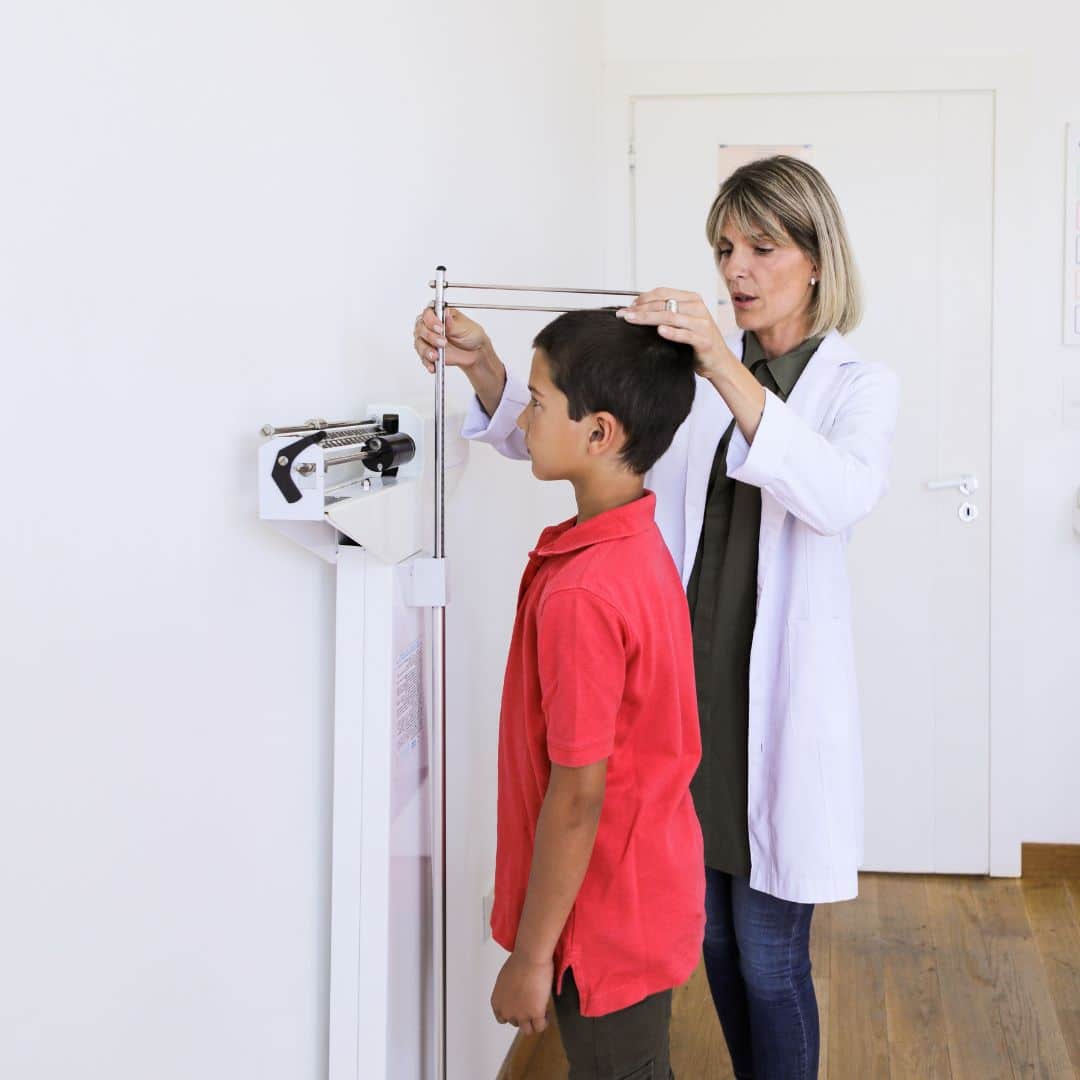Scoliosis, a condition characterised by an abnormal curvature of the spine, is often associated with various physical manifestations. Among these is its potential impact on an individual’s height. On the flip side of this, the fast growth period of an adolescent can be associated with higher risk of progression of the scoliosis. Understanding the intricate relationship between scoliosis and height is crucial for both patients and healthcare professionals. In this comprehensive guide, we delve into the complexities of this connection, exploring its implications and considerations.
- Understanding Scoliosis: More Than Just a Sideways Curve of the spine
Before delving into its relationship with height, it’s essential to grasp the fundamentals of scoliosis. Scoliosis involves a lateral curvature of the spine, typically in an “S” or “C” shape, coupled with rotation, affecting individuals of all ages. Many of the cases are labelled as ‘idiopathic’, meaning that the cause of the scoliosis is unknown. This accounts for most cases of scoliosis in adolescence. While some cases are mild and may not require treatment, others can cause significant postural asymmetries, discomfort and impairments, necessitating medical intervention. Non-surgical options are available and preferred before the curve progresses to the point where surgical intervention is sometimes recommended.
- Growth and Development: The Role of the Spine
Height is intricately linked to the growth and development of the spine. During childhood and adolescence, the spine undergoes significant elongation, contributing to overall stature. Any disruption or irregularity in this process, such as the development of scoliosis, can potentially impact an individual’s final height. Collapse of posture due to scoliosis in adults in particular can cause a significant loss of height. In adolescence we also need to monitor rate of growth to help identify the peak period of risk of progression.
- Early Onset: Childhood Scoliosis and Height Discrepancy

In cases of early-onset scoliosis, which manifests before puberty, the abnormal curvature of the spine can interfere with the natural growth trajectory. As the spine deviates from its normal alignment, it may cause asymmetrical growth patterns, resulting in a noticeable height difference between the two sides of the body.
- Delayed Growth: Puberty and Skeletal Maturity
Puberty marks a critical phase in skeletal development, during which significant growth spurts occur. However, for individuals with scoliosis, this period of rapid growth may be accompanied by delays or abnormalities. The curvature of the spine can exert pressure on growth plates and affect the timing and magnitude of growth, potentially impacting final height.
- Monitoring Growth: Assessing Height Discrepancy
Regular monitoring of growth and height discrepancy is essential in managing scoliosis. Healthcare professionals utilise various methods, such as measuring standing height and assessing skeletal maturity through X-rays, to track growth patterns and identify any deviations from the norm. Early detection of height irregularities allows for timely intervention and treatment.
- Treatment Considerations: Addressing Height Discrepancy
In cases where scoliosis significantly impacts height, treatment may be necessary to mitigate further deviation. This can involve a combination of conservative measures, such as bracing (ScoliBrace®) or physical therapy (ScoliBalance®), to prevent progression and promote optimal spinal alignment. In severe cases, surgical intervention may be recommended to correct the curvature and restore height.
- Long-term Implications: Impact on Adult Height
The effects of scoliosis on height can extend into adulthood, influencing overall stature and spinal health. While some individuals may reach their full height potential despite scoliosis, others may experience a permanent reduction in height due to skeletal deformities or surgical interventions. Understanding these long-term implications is vital for comprehensive scoliosis management.
- Holistic Approach: Optimising Height and Spinal Health
Ultimately, managing the relationship between scoliosis and height requires a holistic approach that considers both physical and psychological factors. Emphasising early detection, personalised treatment plans, and ongoing monitoring can help optimise height and promote spinal health throughout the lifespan. Additionally, fostering a supportive environment that addresses the emotional impact of scoliosis is essential for overall well-being.
In conclusion, the relationship between scoliosis and height is complex and multifaceted, requiring careful consideration and tailored interventions. By understanding the dynamics of this connection and implementing proactive strategies, individuals with scoliosis can navigate their journey towards optimal growth and spinal health with confidence and resilience.
